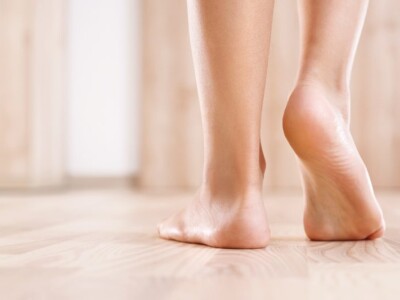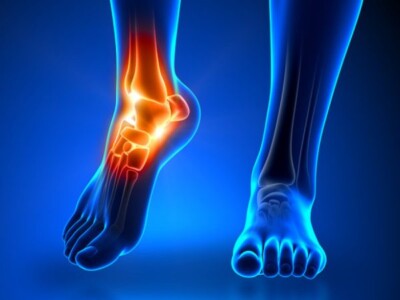Bunions
A bunion, also known as ‘hallux valgus’, is a deformity of the big toe in which the big toe excessively angles towards the second toe and leads to a bony lump on the side of the foot. This can also form a large sac of fluid, known as a bursa, which can then become inflamed and sore.
What causes bunions?
They are most often caused by a defective mechanical structure of the foot, which is genetic, and these certain foot types make a person prone to the development of a bunion. Poorly fitting footwear tends to aggravate the problem as tight or narrow footwear can squeeze the forefoot, crowding the toes together and exacerbating the underlying condition, causing pain and deformity of the joint.
Bunions can also be caused by the big toe pushing over onto the second, causing a crossover of the toes, which makes it difficult to walk due to pressure on the toes from footwear. Once the big toe leans toward the second toe, the tendons no longer pull the toe in a straight line, so the problem tends to get progressively worse. This condition can also lead to corns and calluses developing.
Bunions can also be caused by age, arthritis or playing sport.
What are the treatment for bunions?
Your podiatrist may recommend the following:
- Exercises
- Orthoses
- Shoe alterations
- Night splints (hold toes straight during sleep)
These are all conservative measures and, although they may help relieve symptoms, there is no evidence they can correct the underlying deformity Your podiatrist will be able to identify any significant deformity and/or defect and may refer you for surgery, which can involve a combination of removing, realigning and pinning of the bone.
Once referred, your podiatric surgeon will evaluate the extent of the deformity. They can remove the bunion and realign the toe joint in a common operation known as a first metatarsal osteotomy (‘bunionectomy’). However, there are more than 130 different types of operation that fall under this title, so each individual surgery is different.
The aim of surgery is to address the underlying deformity to prevent recurrence. As with all surgery, there are risks and complications, so it is not usually advised unless your bunions are causing pain – or are starting to deform your other toes.
Book a Podiatry Appointment
OTHER CONDITIONS WE TREAT
What our clients say









